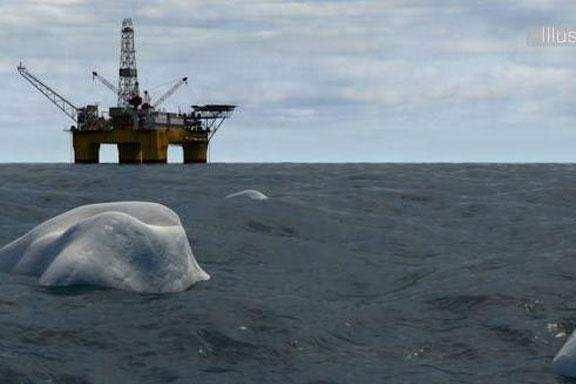Eni tapping oil field off the coast of Norway under new regime designed to keep energy companies away from ice-bearing zones of the Barents Sea. Photo courtesy of the Petroleum Safety Authority of Norway.
MILAN, Italy, March 14 (UPI) -- Italian energy company Eni said Monday its start to oil production in the Goliat field is the first in the Norwegian waters of the Barents Sea.
Eni started producing oil at a field located about 50 miles northwest of Hammerfest in northern Norway in the ice-free waters of the Barents Sea. The company said development comes from the unique application of a floating cylindrical production and storage vessel, which Eni said is the largest in the world.
"The unit has a capacity of 1 million barrels of oil and was built with the most advanced technologies in order to tackle the technical and environmental challenges linked to operations in the Arctic's context," the company said in a statement.
Production from Goliat comes from 12 oil-producing wells. A peak rate of 100,000 barrels of oil per day is expected from a field estimated to hold around 180 million barrels of oil.
The Norwegian government has called on energy companies working in Arctic waters to observe requirements related to distance from ice sheets "so the environmental assets along the ice edge are safeguarded."
Greenpeace in 2014 declared victory after Norwegian energy company Statoil ended a campaign in the Hoop reserve area in the Arctic waters of the Barents Sea. The Hoop reserve area is near Bear Island, a unique island ecosystem that Greenpeace said would be spoiled should a spill occur in the area.
Small volumes of hydrocarbons were encountered by Statoil, but nothing in the way of a commercial discovery.
Eni said it was limiting the impacts on the environment by drawing power from onshore facilities and by re-injecting byproducts into the reservoir.















